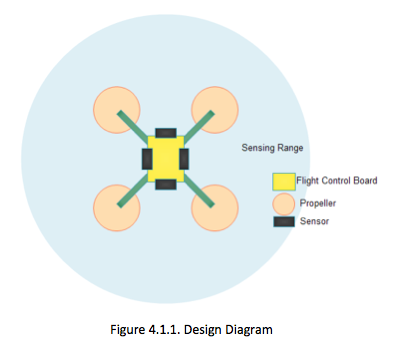Projects:2014S1-57 Autonomous Vehicle Technologies
Contents
Introduction
The purpose of this project is to produce the practical component of a new engineering course. It will involve students individually designing, building and testing their own autonomous vehicle (AV). This practical will give students the opportunity to develop highly useful and sought after skills, such as CAD design, 3D Printing, Altium designer, PCB prototyping and microprocessor coding. Developing these skills through practice rather then theory will set future students in good stead for their future career.
Objectives
First to prove that this practical is feasible. By providing examples of what we expect future students to achieve. This required us to design and develop our own individual AVs as proof of concept.
Second we produced resources and guides for future students. This is in the form of: documentation, gathering resources, taking notes of our experiences and developing design guidelines and procedures.
Quadcopter
The multi-rotor with four propellers was chosen since it is easier to construct and more stable compared to other types of multi-rotor vehicles.

AV Search Boat
The goal of the AV is to be a small scale boat capable of mapping obstacles over water. Using a combination of an accelerometer and magnetometer the craft is capable to keeping track of its location. Using IR Proximity it can detect upcoming obstacles and change its own path to avoid them. The craft will act as a platform for future development, incorporating additional sensing capability allowing for more flexible usage.
Possibile future applications include search and rescue operations, environment damage monitoring and driverless transport applications.
Auto Tank AV
This AV's purpose is a simple collision avoidance tank. It has a rectangular aluminium chassis, that has a variety of mounting holes positioned on it. The wheels are plastic with a rubber tread running between two of the wheels on either side of the chassis. It uses a proximity sensor at the front of the AV to sense an obstacle in front of it and, using its microcontroller, can avoid the obstacle. The size of this AV is small scale to provide a simple and low budget design while still complying with our set requirements. The aluminium chassis gives it a strong casing and also allows for further expansion on its functionality.
Personnel
Team Members
- Mr. Clayton Jericho
- Mr. Hualong Sun
- Mr. Patrick Ward
Supervisors
- A/Prof. Nesimi Ertugrul
- Dr. Braden Phillips